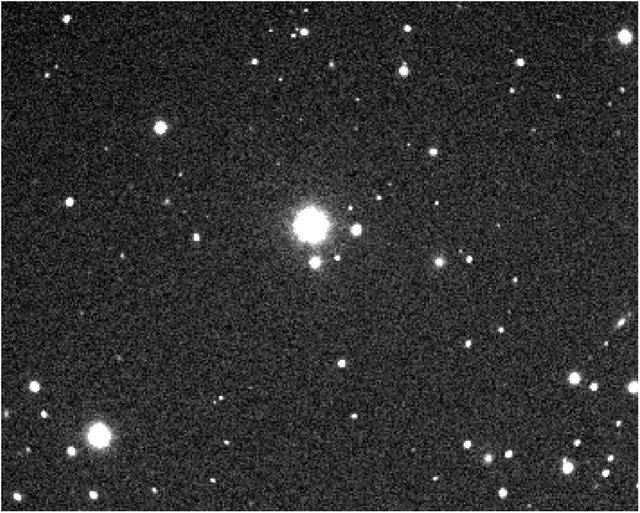SETI finds unexplained signals from distant stars
SETI finds unexplained signals from distant stars

SETI is an organization founded by Carl Sagan and Frank Drake dedicated to the scientific search for extraterrestrial intelligence. Yes, scientists are looking for intelligence, not just life, whether it be bacteria, bugs, or anything else that lives outside of Earth, but also, if possible, beings with the technological capacity to communicate with us.

Souce
This type of signal has a long history because it began with the Ozma project, which was actually the first attempt prior to SETI to search for intelligent extraterrestrial life in a systematic and scientific manner. It was carried out in 1960 by astronomer Frank Drake, who, among other things, is the creator of the Drake equation. This astronomer began working with the Green Bank National Radio Astronomy Observatory, studying nearby stars similar to the sun, specifically Epsilon Eridiane, which is 10.4 light-years away, and Tau Ceti, which is 11.9 light-years away.

Souce
In the end when you eliminate all that, you are left with the clean data of that signal and in the end it turns out that the signal did not correspond to any of that other thing, it was a signal that came from that star and that turned out to be very strange, because the star first became weaker, brighter and then returned to its normal level, all in approximately 0.2 seconds, that variation is too intense to be caused by random noise, atmospheric turbulence or any other phenomenon.

There is another issue that also concerns the researcher: no movement was detected near the star or in the background sensor, which are common signals sometimes caused by asteroids or meteorites. This is because, apart from ruling out possible terrestrial sources, such as an airplane, among others, or a space satellite, they also ruled out possible sources that may have passed by, because it could perfectly well have been an asteroid from our solar system that had passed in front of the star at that very moment, producing a kind of eclipse. They determined that it was not that type of signal either.
The images without reference were created with AI
Thank you for visiting my blog. If you like posts about #science, #planet, #politics, #rights #crypto, #traveling and discovering secrets and beauties of the #universe, feel free to Follow me as these are the topics I write about the most. Have a wonderful day and stay on this great platform :) :)
Hello community friends, if you want to hunt monsters and earn Steem try the new game HARRY-RAID

